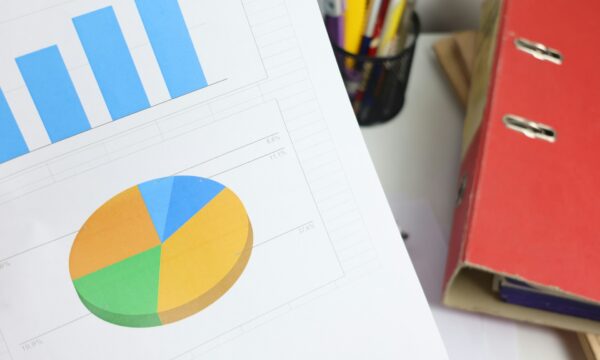Verifying funds typically involves confirming that an individual or entity has sufficient available financial resources to meet a specific requirement, such as a transaction, investment, or application. The process can vary depending on the context, but here are common methods and details involved:
- Bank Statements: Request recent bank statements (usually last 3-6 months) showing account balance and transaction history to verify funds availability.
- Bank Letter or Proof of Funds Letter: Obtain a letter from your bank confirming the current balance and that the funds are readily accessible.
- Bank Certification: Some institutions provide official certification or affidavits verifying the account holder’s available funds.
- Online Banking Verification: With permission, third parties or institutions may verify funds directly through secure online banking portals.
- Proof of Deposit: For recent transactions, deposit slips or proof of recent deposits can be used to demonstrate available funds.
- Third-party Verification Services: Use verified financial verification services or platforms that can confirm funds electronically, especially for large transactions or international verifications.
- Escrow Accounts: In certain cases, escrow accounts are used to hold and verify funds before completing a transaction.
Important Details:
- Ensure documents are recent (typically within the last 30-90 days).
- All documents should clearly show the account holder’s name, account number, and available balance.
- For international transactions, sometimes additional verification like currency conversion or bank authentication may be required.
- Always follow privacy and security protocols when sharing or requesting financial information.









No Comment! Be the first one.